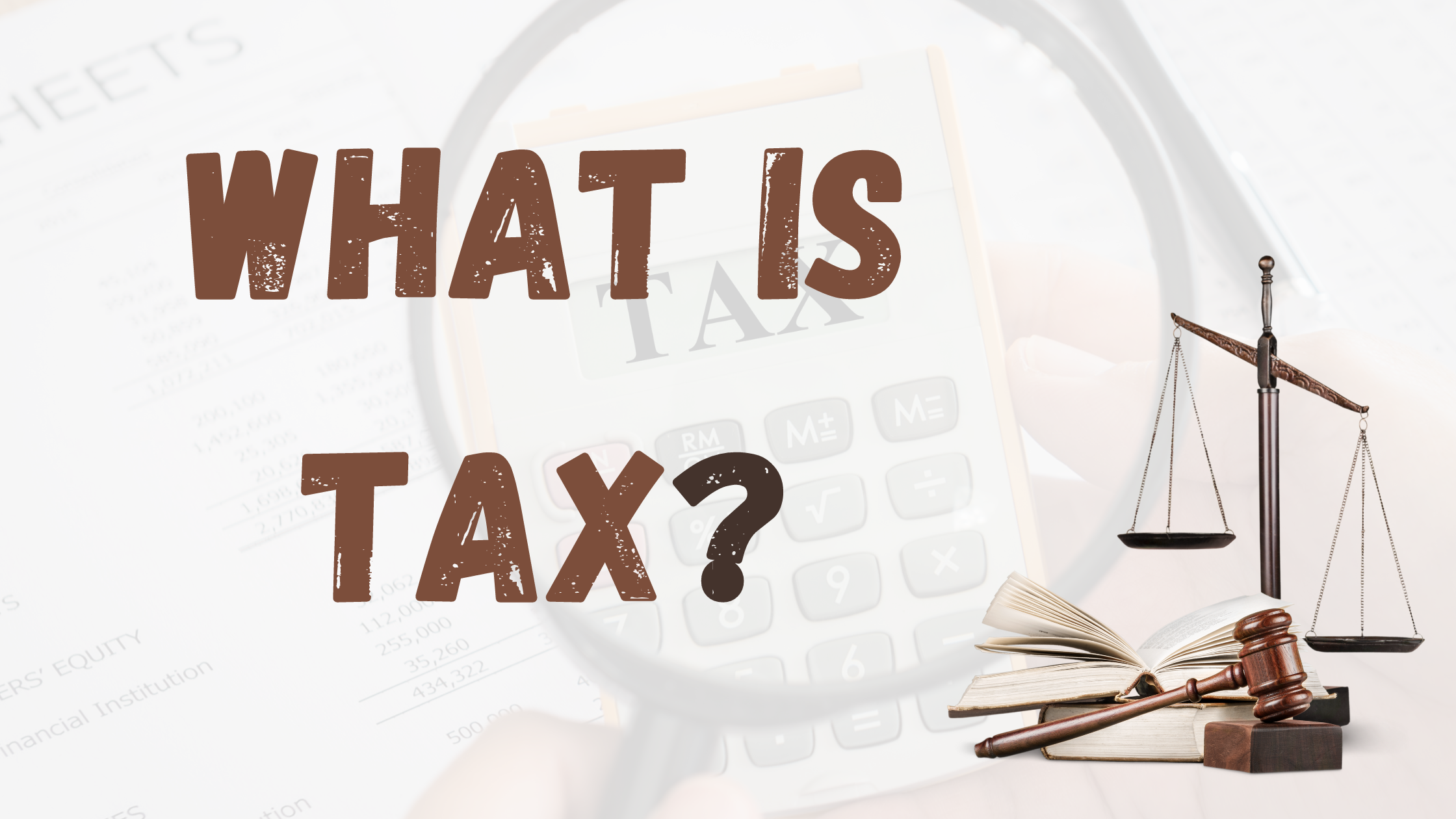Introduction
Tax is money that people and businesses pay to the government. This money is used to pay for things like schools, hospitals, roads, and other public services that everyone uses. Taxes are usually based on how much money a person or business earns or how much they buy or own. The government collects taxes to help run the country and provide for its citizens.
As per the Federal Board of Revenue (FBR), the number of registered tax filers had reached 11.4 million in 2023, with only 2.9 million actively filing taxes.
Relevant Laws
Income Tax Ordinance, 2001
In furtherance of modernizing tax legislation to adhere to global standards, the Income Tax Ordinance 2001 was enacted on 13 September 2001, with its provisions coming into effect on 1 July 2002.
Income Tax Rules, 2002
The Income Tax Rules of 2002 were enacted by the Federal Board of Revenue (FBR) on 1 July 2002, exercising its authority conferred by section 237 of the Income Tax Ordinance, 2001.
Kinds of Taxes
Following are the two kinds of taxes.
Direct Taxes
Direct taxes are those taxes that are directly paid by individuals or businesses to the government. These taxes are based on the income or wealth of the taxpayer, and the taxpayer is responsible for calculating and paying the tax directly to the government.
One common example of a direct tax is income tax. When you earn money from your job or other sources, you are required to pay a portion of that income to the government as tax. The amount of tax you pay is based on how much you earn, with higher earners generally paying a higher percentage of their income as tax.
Another example of a direct tax is property tax. If you own property, such as a home or land, you are required to pay a tax on the value of that property. The amount of tax you pay is based on the assessed value of the property, which is determined by the government.
Direct taxes are different from indirect taxes, which are taxes imposed on goods and services rather than on the income or wealth of the taxpayer. Indirect taxes are usually included in the price of the goods or services and are paid by the consumer when they purchase the goods or services.
Direct taxes are an important source of revenue for governments, and they are used to fund public services and programs such as schools, hospitals, and infrastructure projects.
Indirect Taxes
Indirect taxes are those taxes that are not directly paid by individuals or businesses to the government. Instead, these taxes are imposed on goods and services, and the tax is included in the price of the goods or services. When you buy something, the price you pay includes the indirect tax.
One common example of an indirect tax is the sales tax. When you buy something at a store, the price you see on the tag already includes the sales tax. The store then collects this tax and sends it to the government.
Another example of an indirect tax is the excise tax, which is a tax on specific goods like alcohol, tobacco, and gasoline. Again, the tax is included in the price of these goods, and the seller collects and pays the tax to the government.
Indirect taxes are different from direct taxes, such as income tax, where individuals or businesses directly pay the tax to the government. Indirect taxes are often used by governments to raise revenue in a way that is less visible to consumers, as the tax is included in the price of the goods or services they buy.

